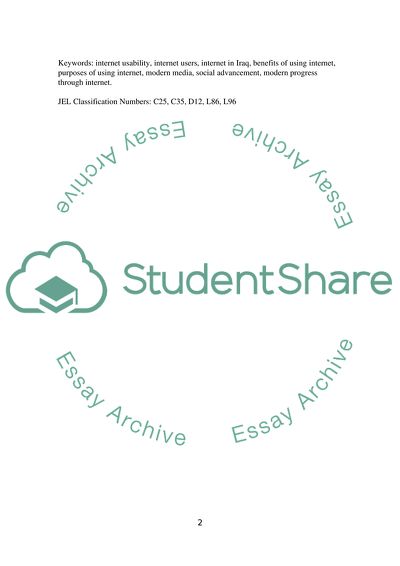Cite this document
(Determinants of Internet Use in Iraq Research Paper, n.d.)
Determinants of Internet Use in Iraq Research Paper. Retrieved from https://studentshare.org/information-technology/1726690-determinants-of-internet-use-in-iraq
Determinants of Internet Use in Iraq Research Paper. Retrieved from https://studentshare.org/information-technology/1726690-determinants-of-internet-use-in-iraq
(Determinants of Internet Use in Iraq Research Paper)
Determinants of Internet Use in Iraq Research Paper. https://studentshare.org/information-technology/1726690-determinants-of-internet-use-in-iraq.
Determinants of Internet Use in Iraq Research Paper. https://studentshare.org/information-technology/1726690-determinants-of-internet-use-in-iraq.
“Determinants of Internet Use in Iraq Research Paper”, n.d. https://studentshare.org/information-technology/1726690-determinants-of-internet-use-in-iraq.


